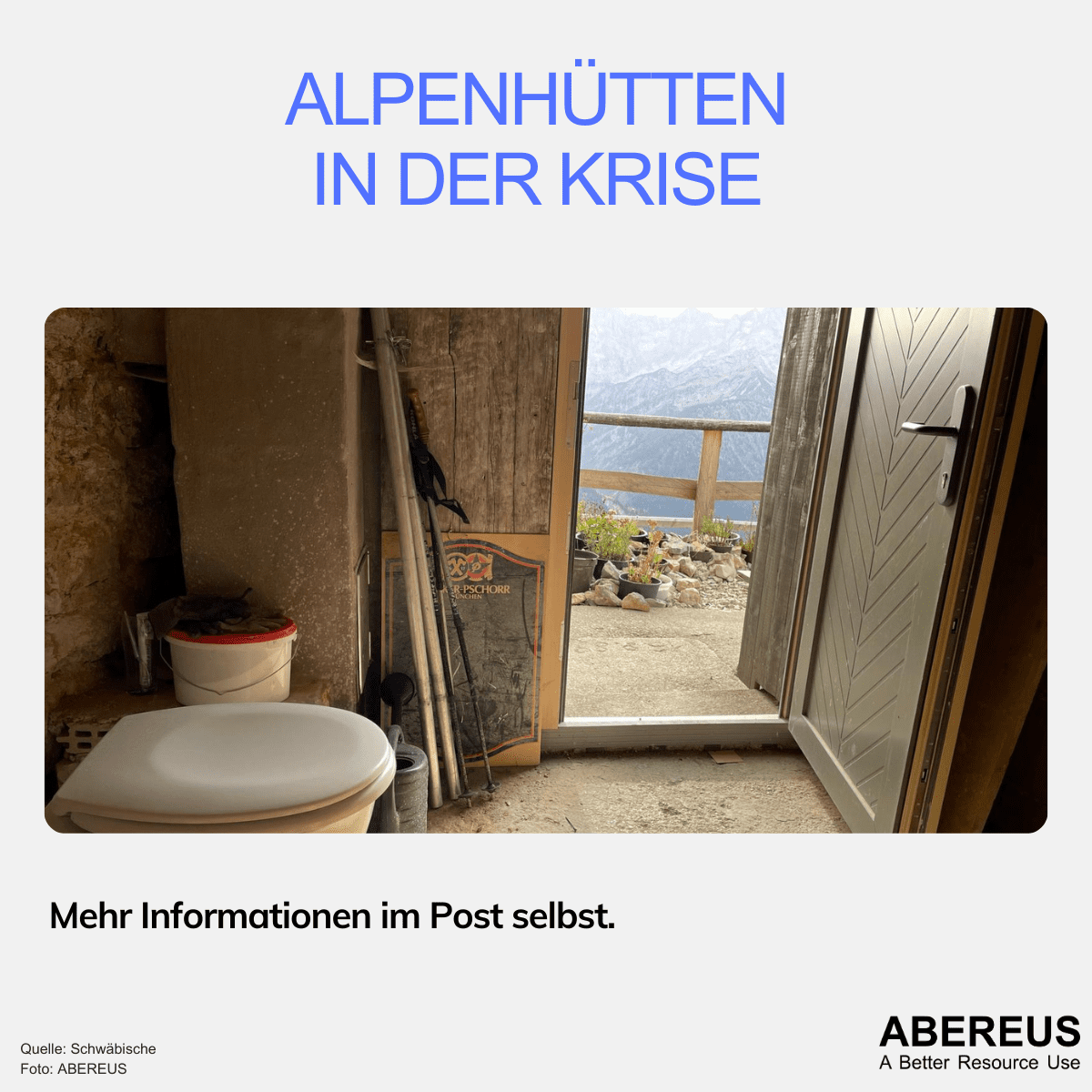Our drugs in our water

Date
The presence of drug residues in water bodies can have negative impacts on aquatic life and human health. According to a study, up to 90% of drug residues can remain in the water even after treatment. Proper disposal of unused medications is crucial to prevent these residues from entering the water cycle.
Here are some interesting facts about drug residues in water and how modern waterless toilets can help reduce their impact:
Causes of drug residues in water:
Human excretion: When people take medications, their bodies absorb some of the active ingredients, but not all. The rest is excreted in urine and feces, which can end up in wastewater treatment plants.
Improper disposal: Flushing unused medications down the toilet or sink can introduce them directly into the water cycle.
Agriculture: Antibiotics used in agriculture can also contribute to drug residues in water.
Consequences of drug residues in water:
Negative impacts on aquatic life: Drug residues can affect the behavior, growth, and reproduction of aquatic organisms.
Human health risks: Exposure to drug residues in drinking water can have negative impacts on human health, including antibiotic resistance and endocrine disruption.
Some treatment plants have a fourth purification stage in the wastewater treatment plants. In Bavaria, those are not yet very common.
That’s why we provide solutions where human excrements don’t even enter the water cycle.
If you’d like to learn more about our water, get connected and join us for a better resource use.
Source: https://www.verbraucherservice-bayern.de/themen/umwelt/medikamentenrueckstaende-im-wasser



